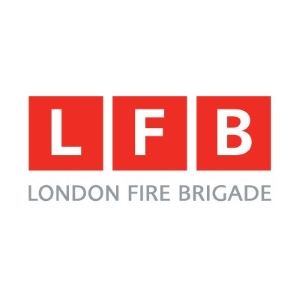In a report published on 1 June, fire investigators found that smoke detectors on the floor of the fire failed to operate the Automatic Opening Vent (AOV) and the cross-corridor fire doors. This meant that the smoke collected in the hallways and prevented the safe escape of people in the neighboring flats.
Smoke ventilation system
London Fire Brigade Deputy Commissioner - Richard Mills said: "The smoke ventilation system inside New Providence Wharf acted like a broken chimney, leading to a potentially life-threatening situation. Had it not been for the exceptional actions of our firefighters and 999 control officers this could have had tragic consequences.”
Firefighters helped 35 residents leave the building, where the fire started on the 8th floor. Twenty-two of the residents used fire escape hoods so that they could leave the building safely, guided by firefighters in breathing apparatus.
Phase 1 Report
Fire investigators found that the fire started in a fuze box in one of the flats on the 8th floor
One of the recommendations from the Phase 1 Report of the Grenfell Tower Inquiry was for all fire and rescue services to buy fire escape hoods. London has used them since 2018.
Fire investigators found that the fire started in a fuze box in one of the flats on the 8th floor and was burning for some time before being discovered and the alarm raised. Smoke left the flat through a fire door that had been accidentally left open and entered the hallways between flats on the same floor.
Fire safety in high-rise buildings
The fire spread from the eighth floor up to the eleventh floor and the report said: "This is believed to have been facilitated by timber decking on the balconies- but not ACM panels." The building has some ACM cladding but the fire investigation report found it: “Did not significantly contribute to the external spread of fire.”
Mr. Mills added: “Despite our response to this fire and drawing on the many lessons learned from the Grenfell Tower fire, in many cases we are sadly still not seeing a culture change in all those responsible for fire safety in high-rise buildings. The New Providence Wharf fire needs to be an urgent wake-up call to all building owners and managers. Look at the fire safety solutions inside your building and take action if they are not performing correctly. It is too late to wait for a fire to see if they work.”
















